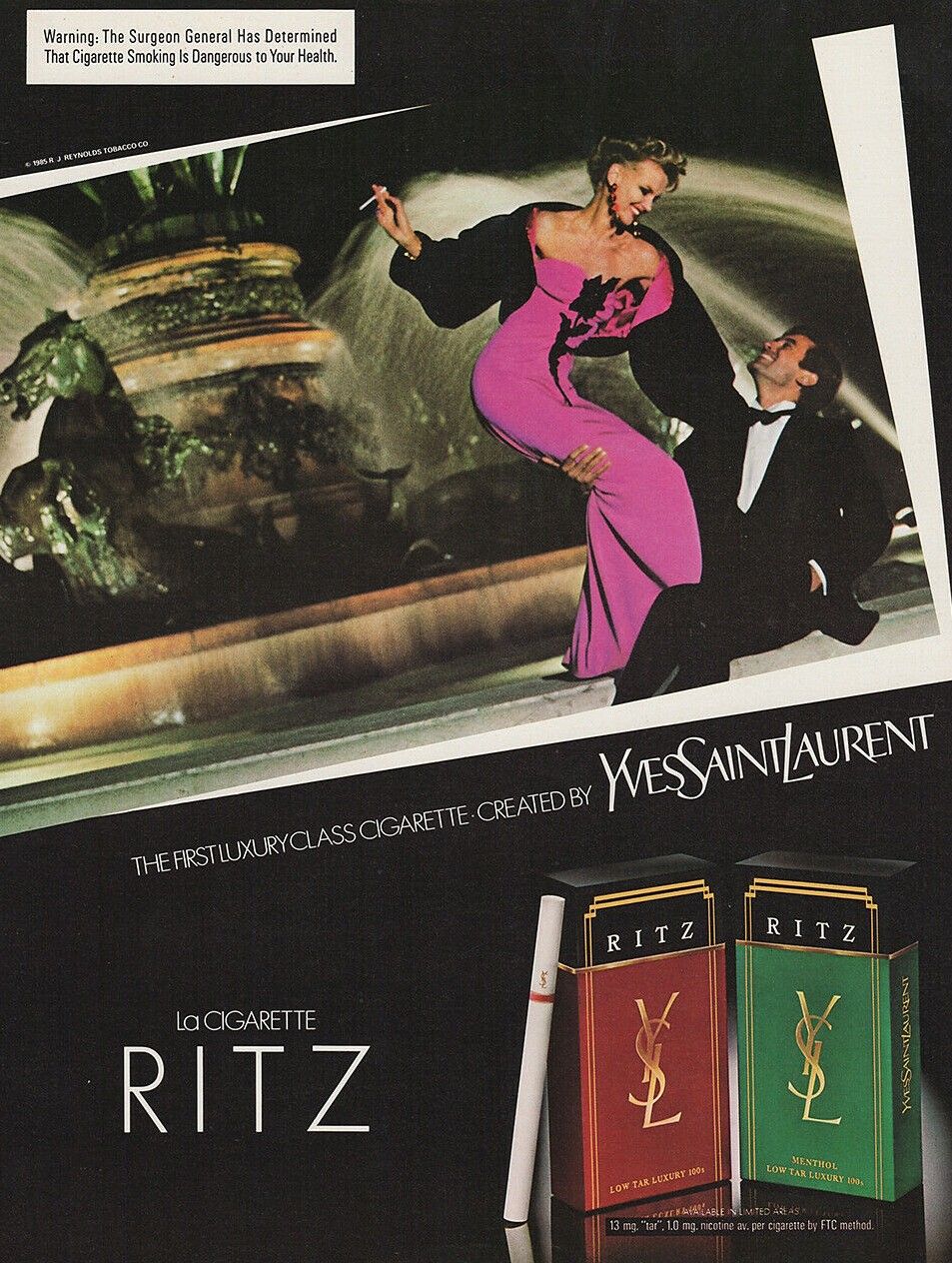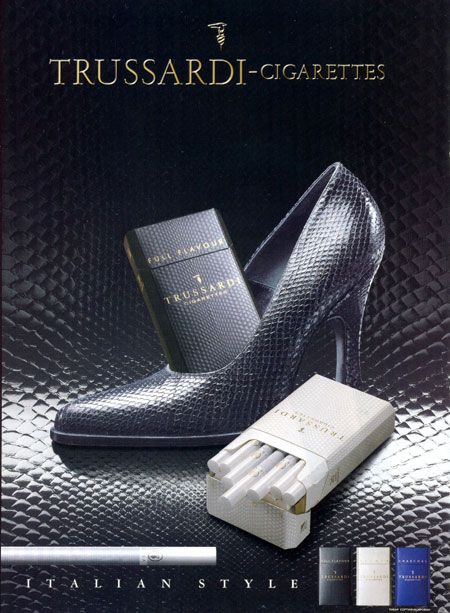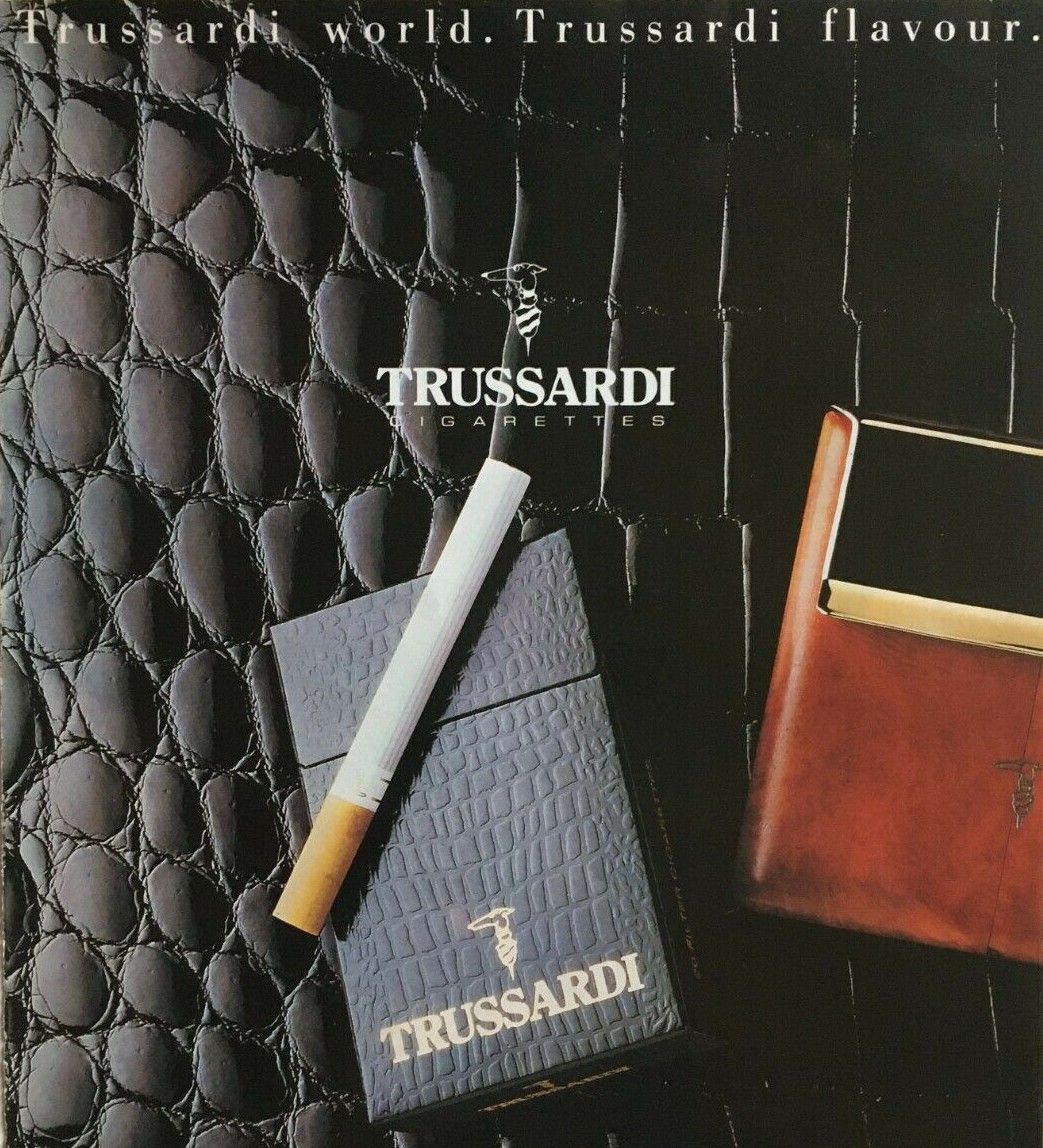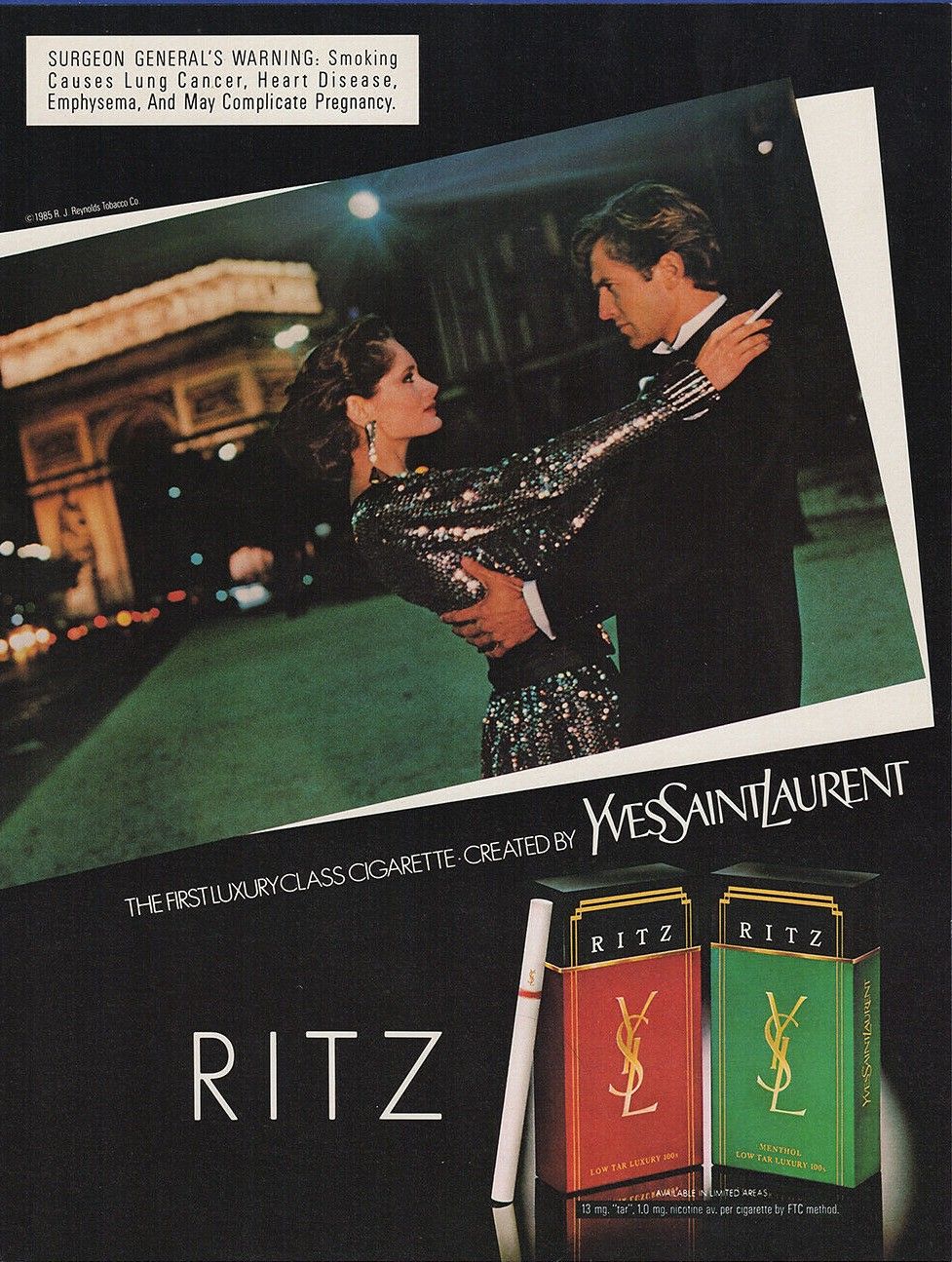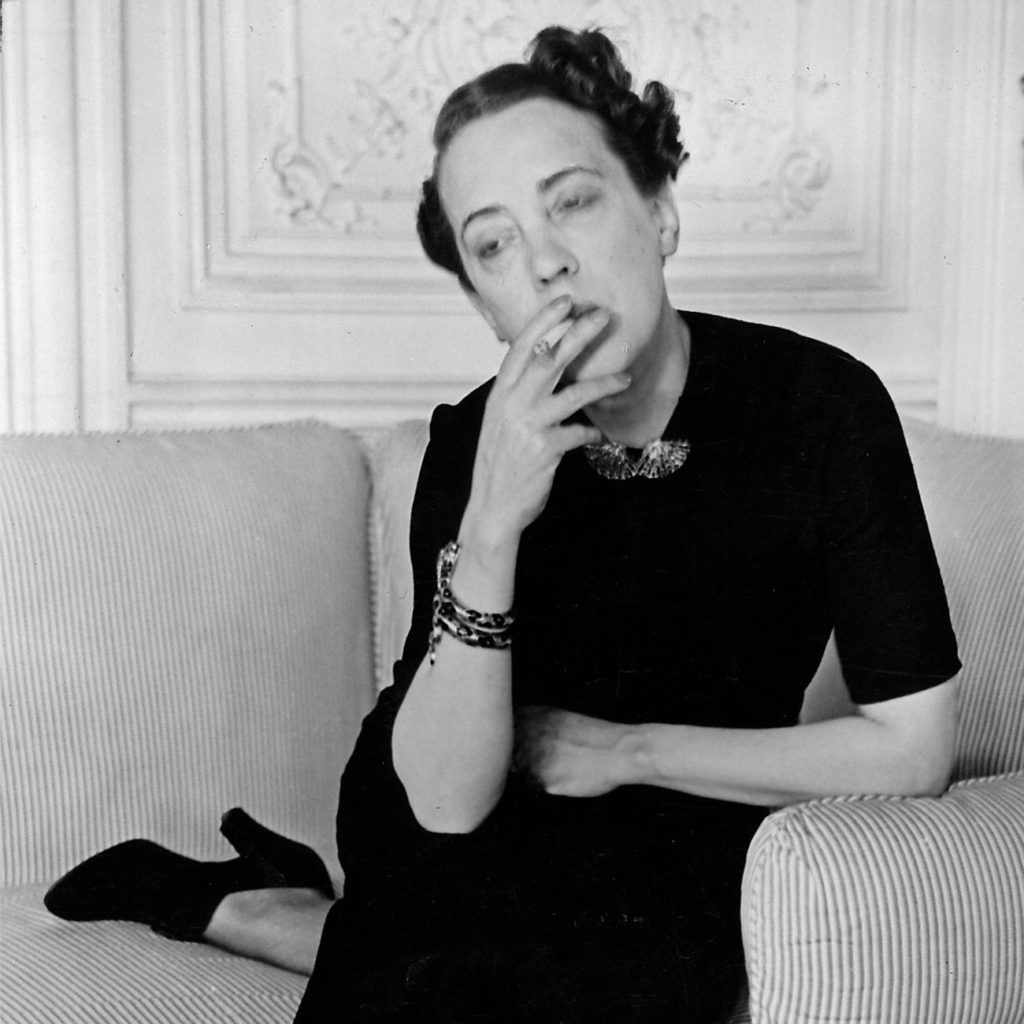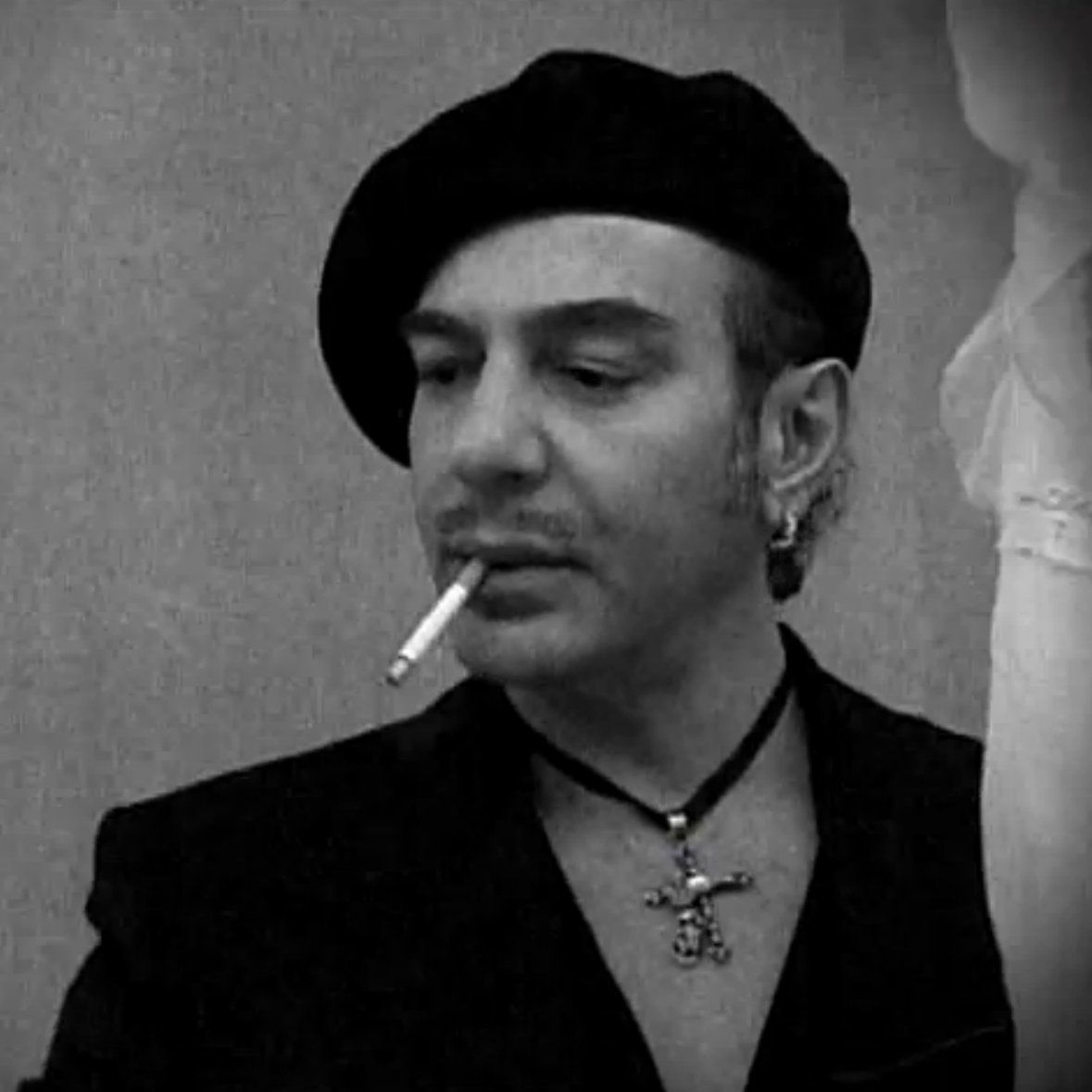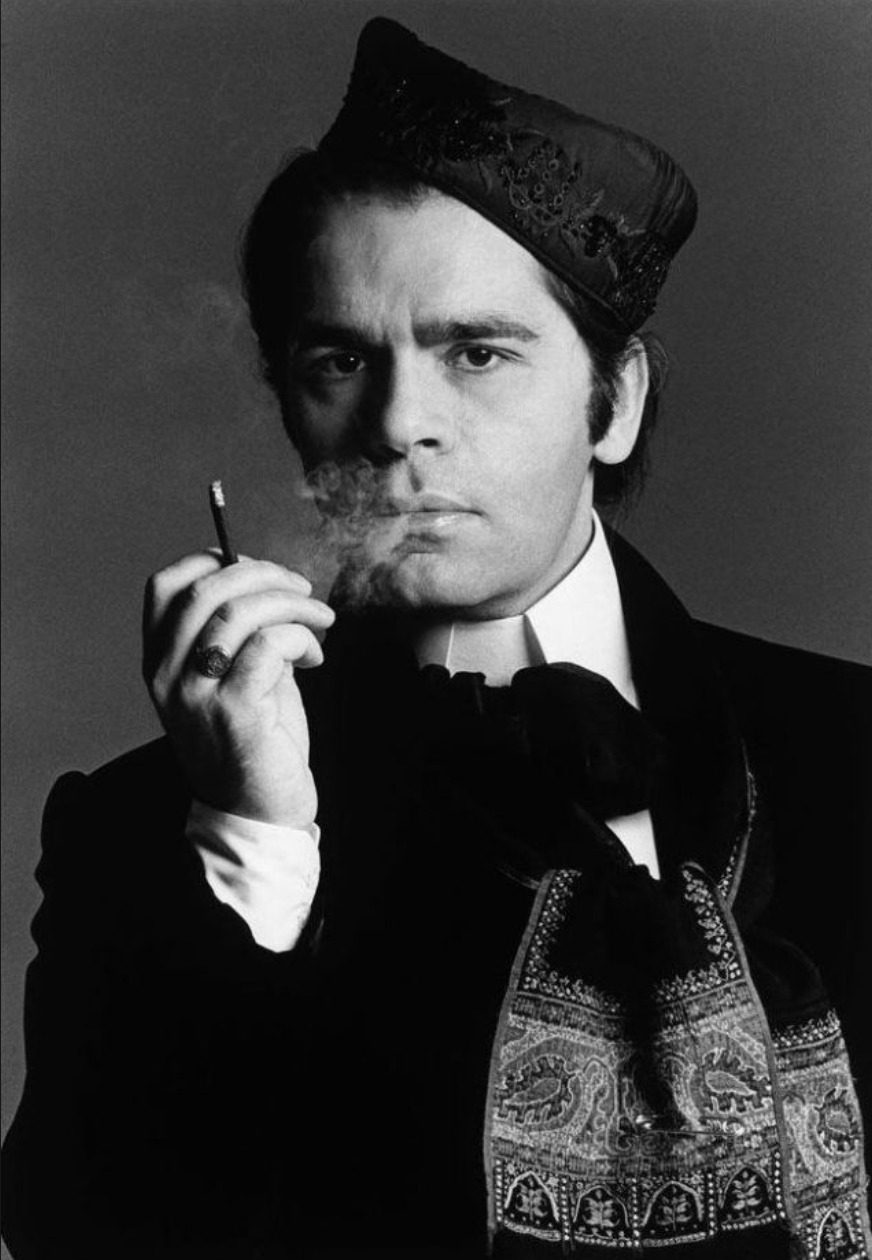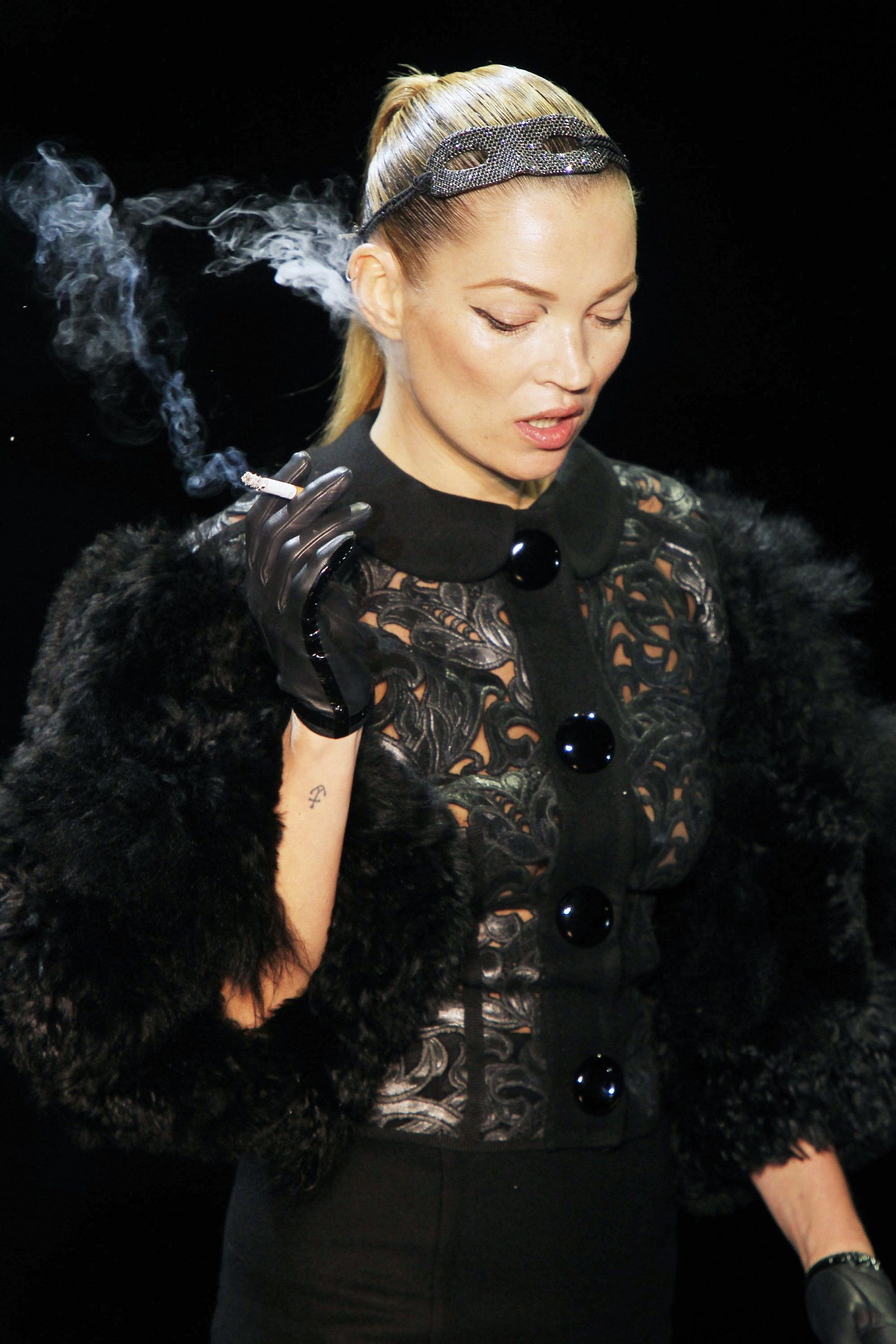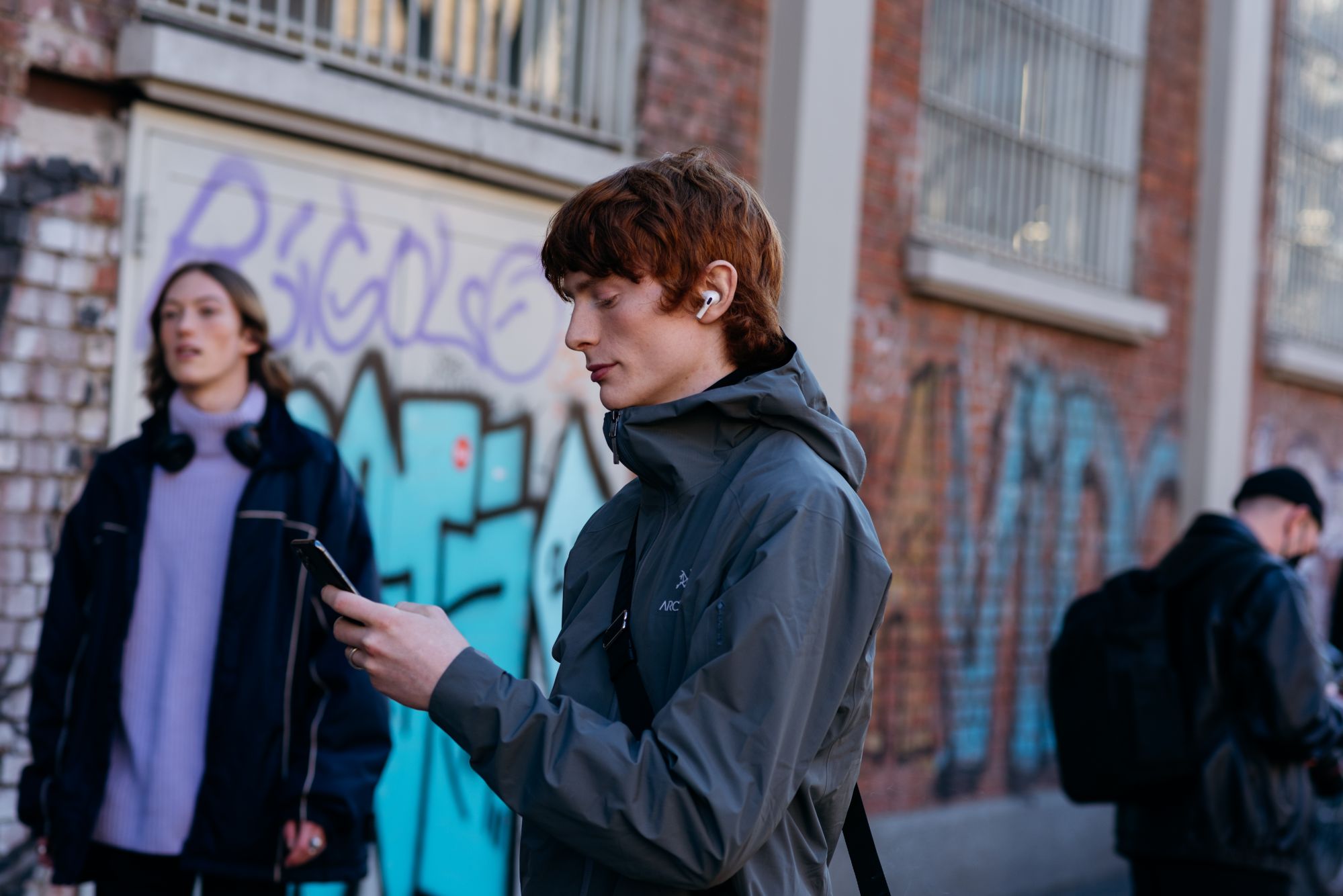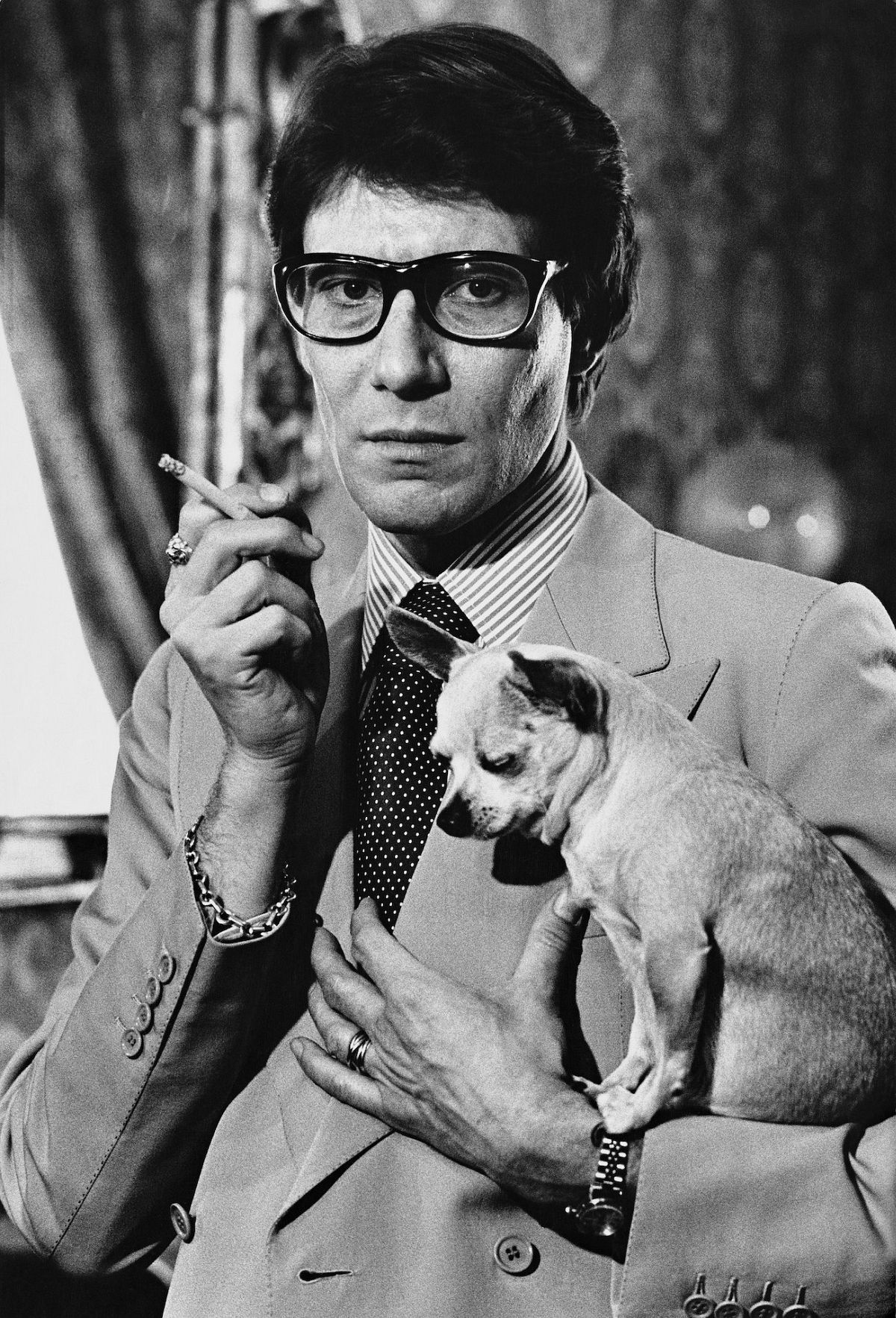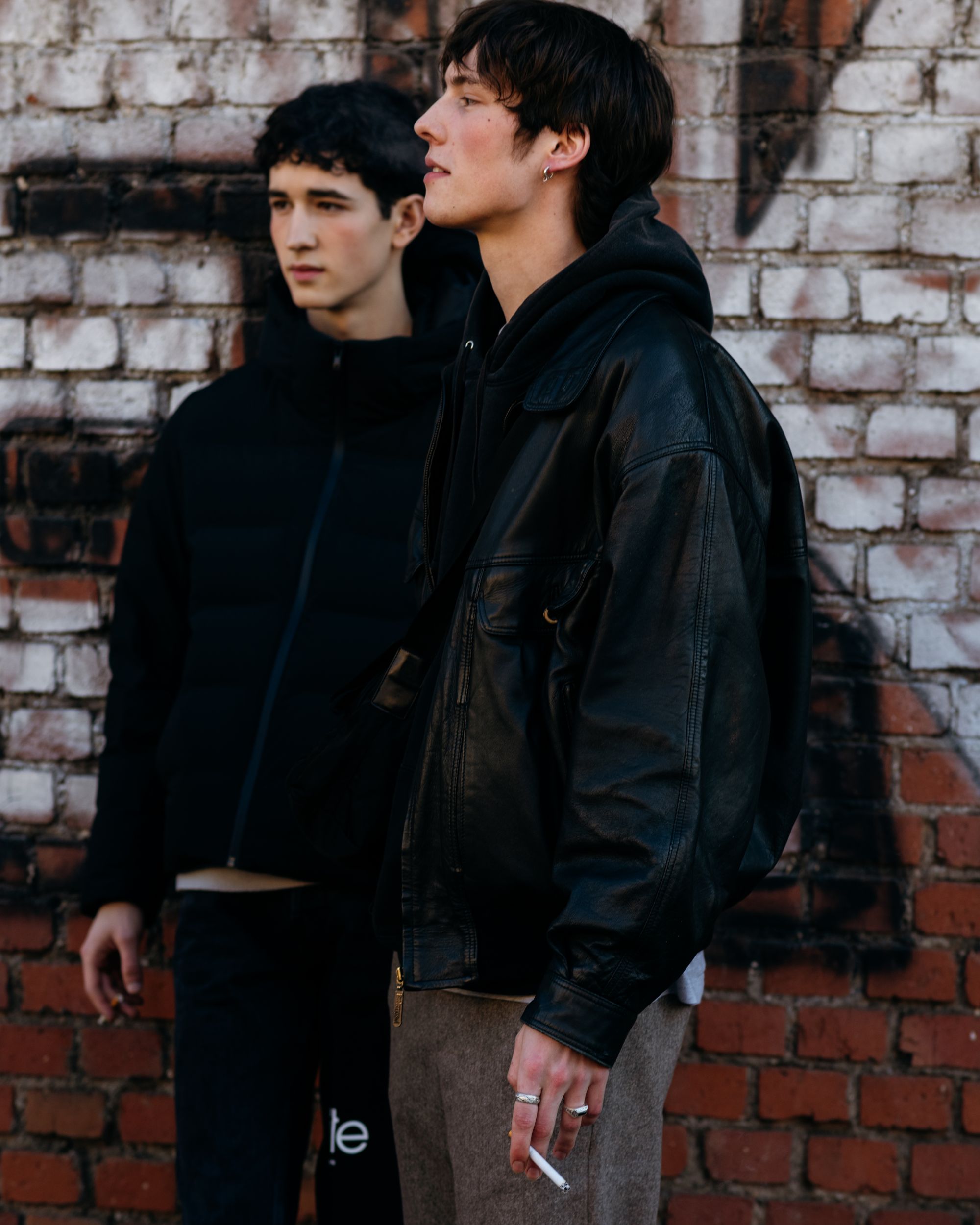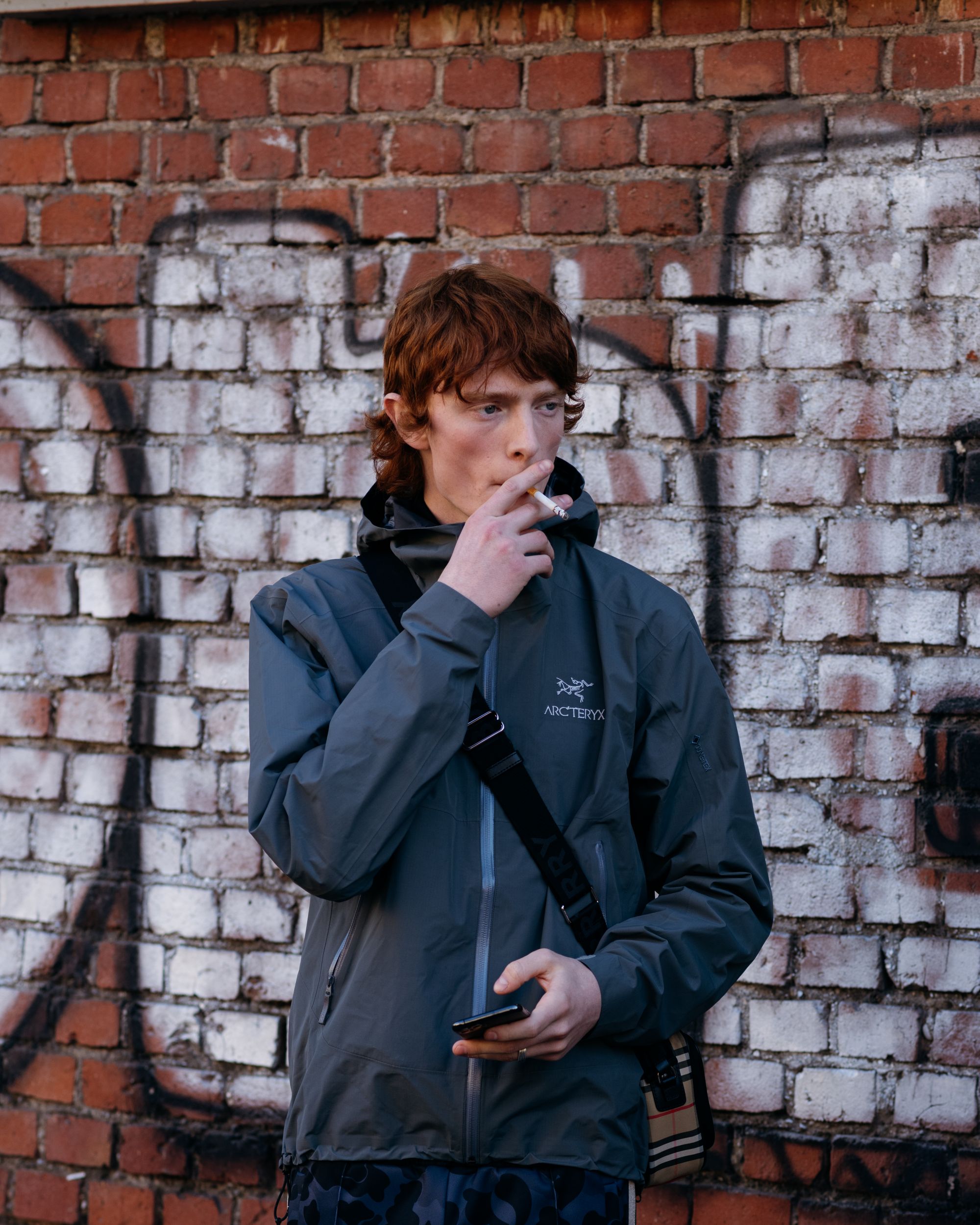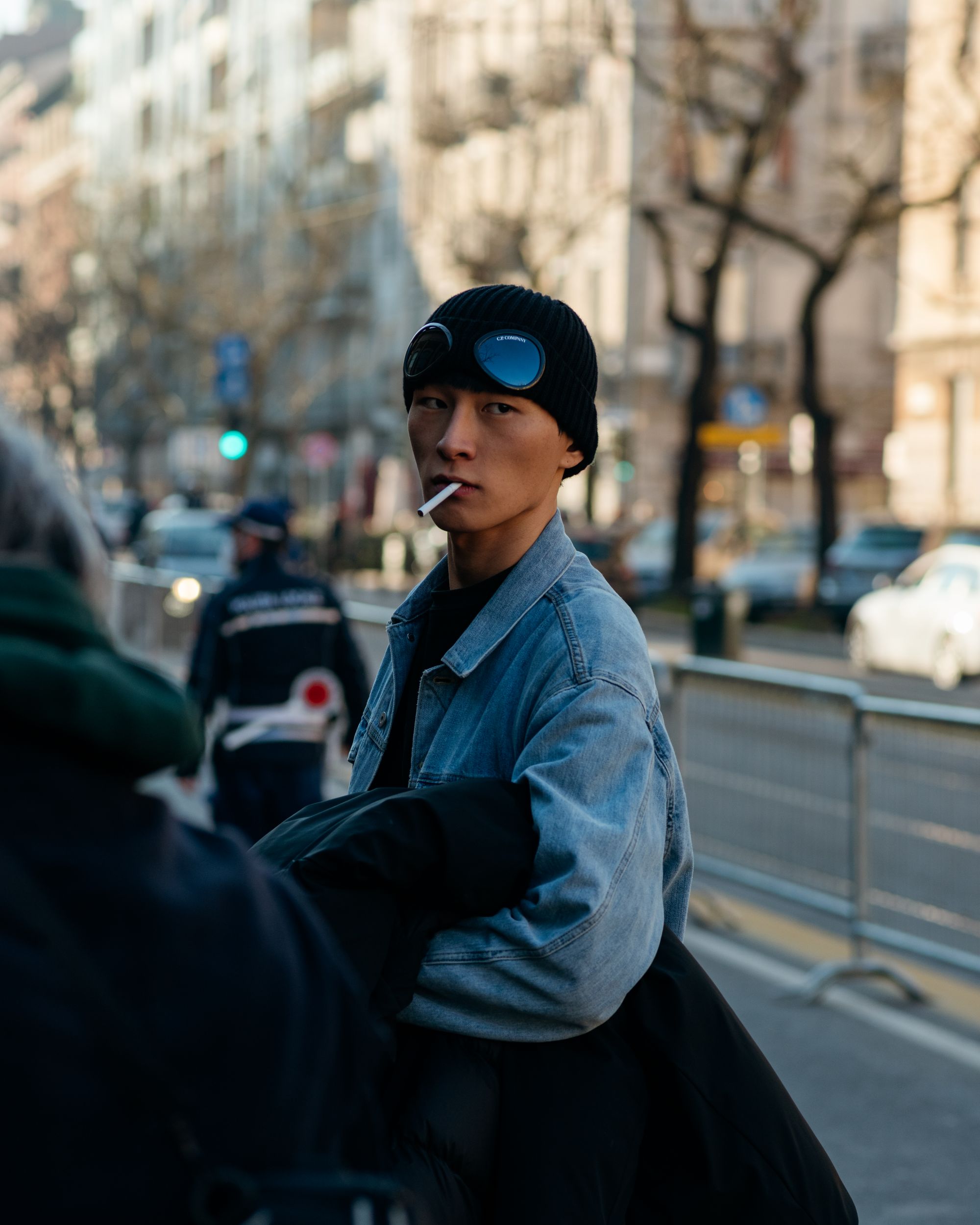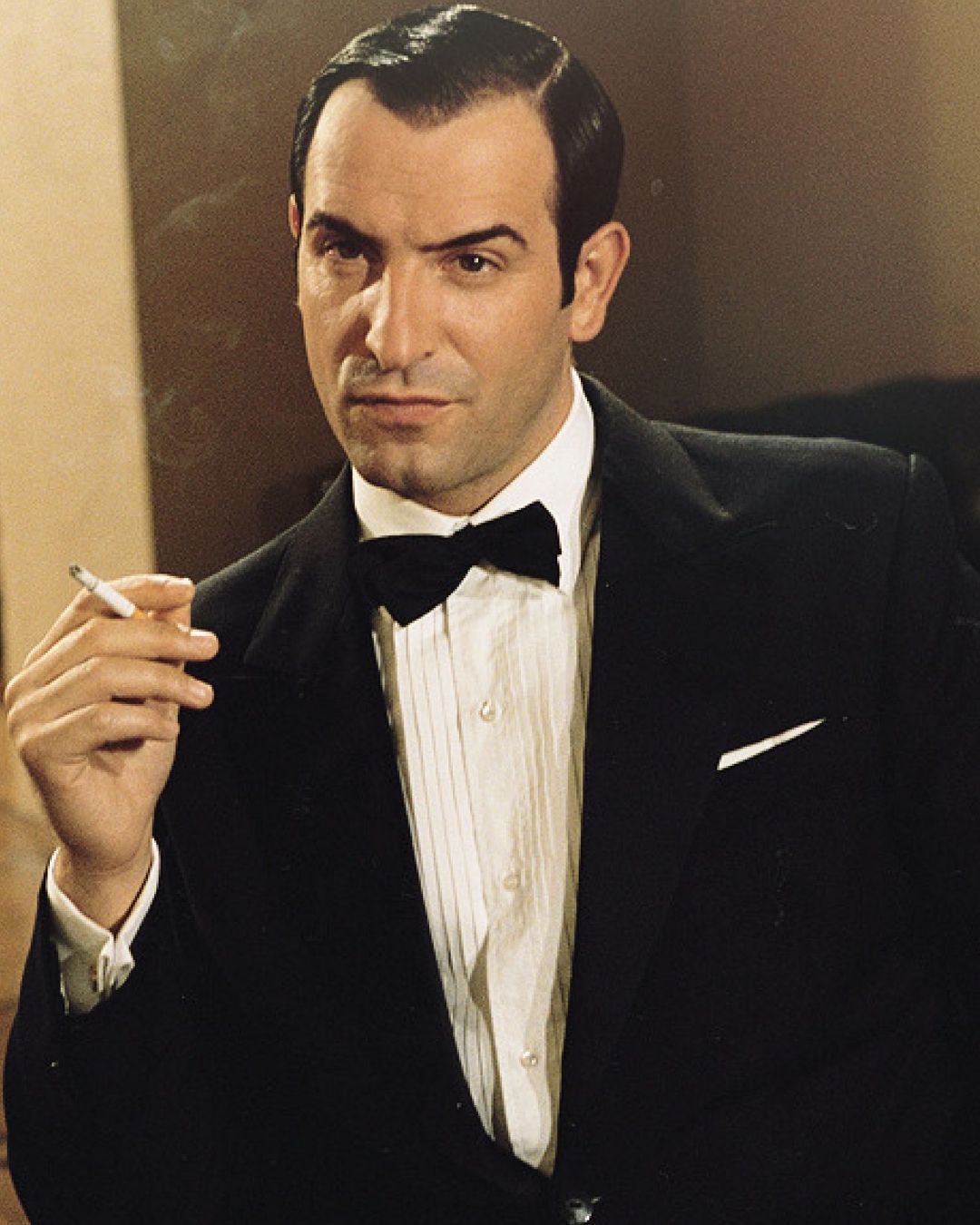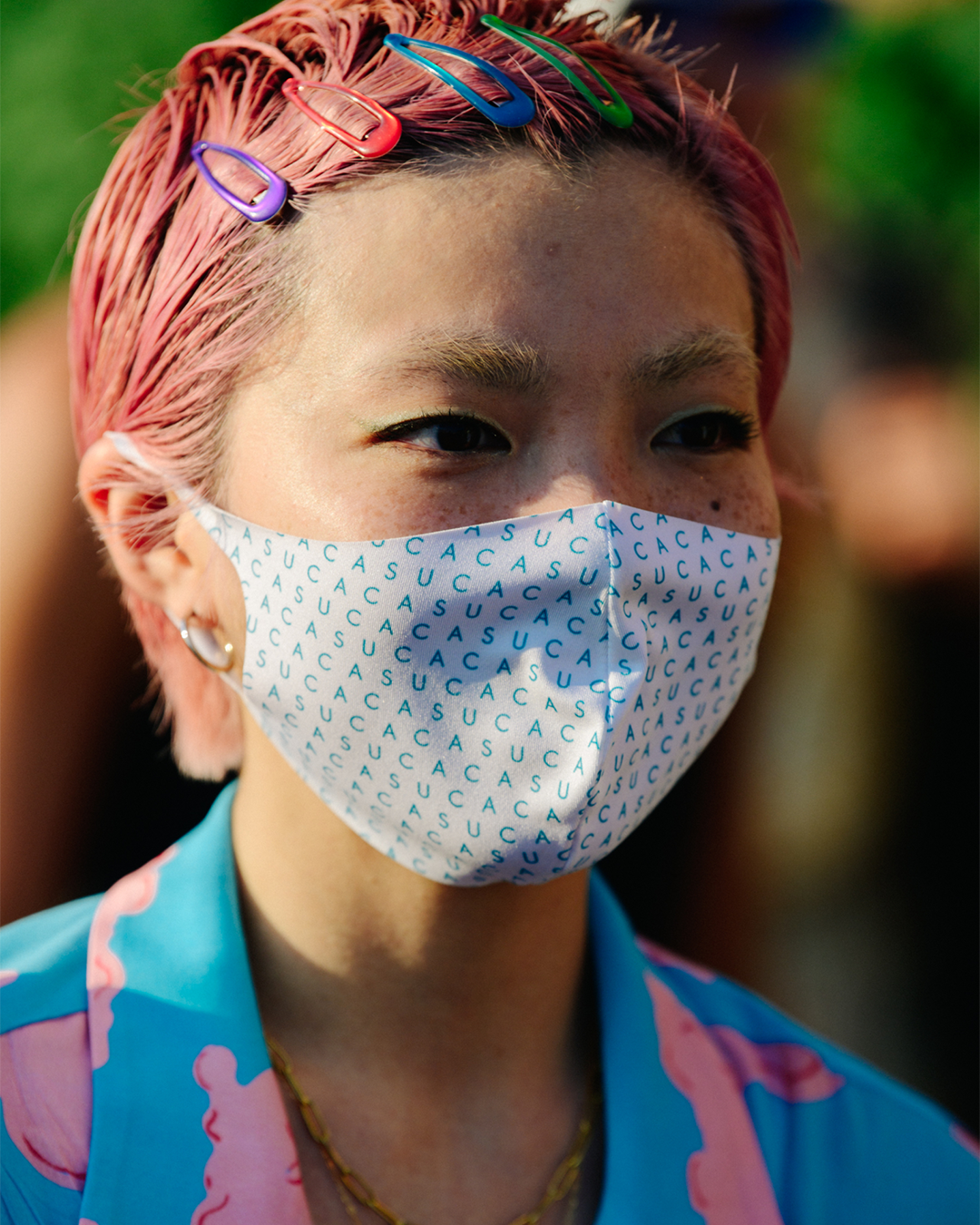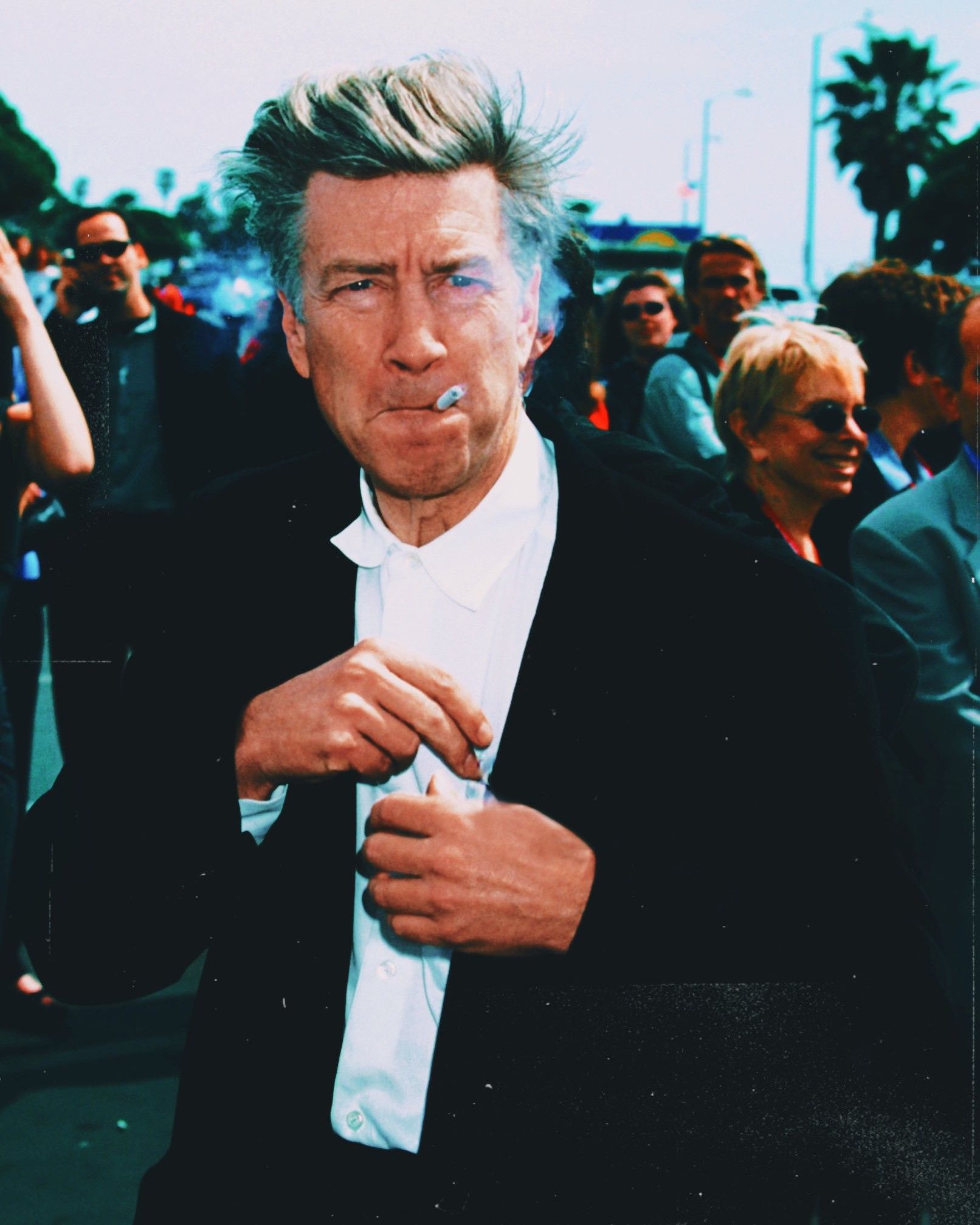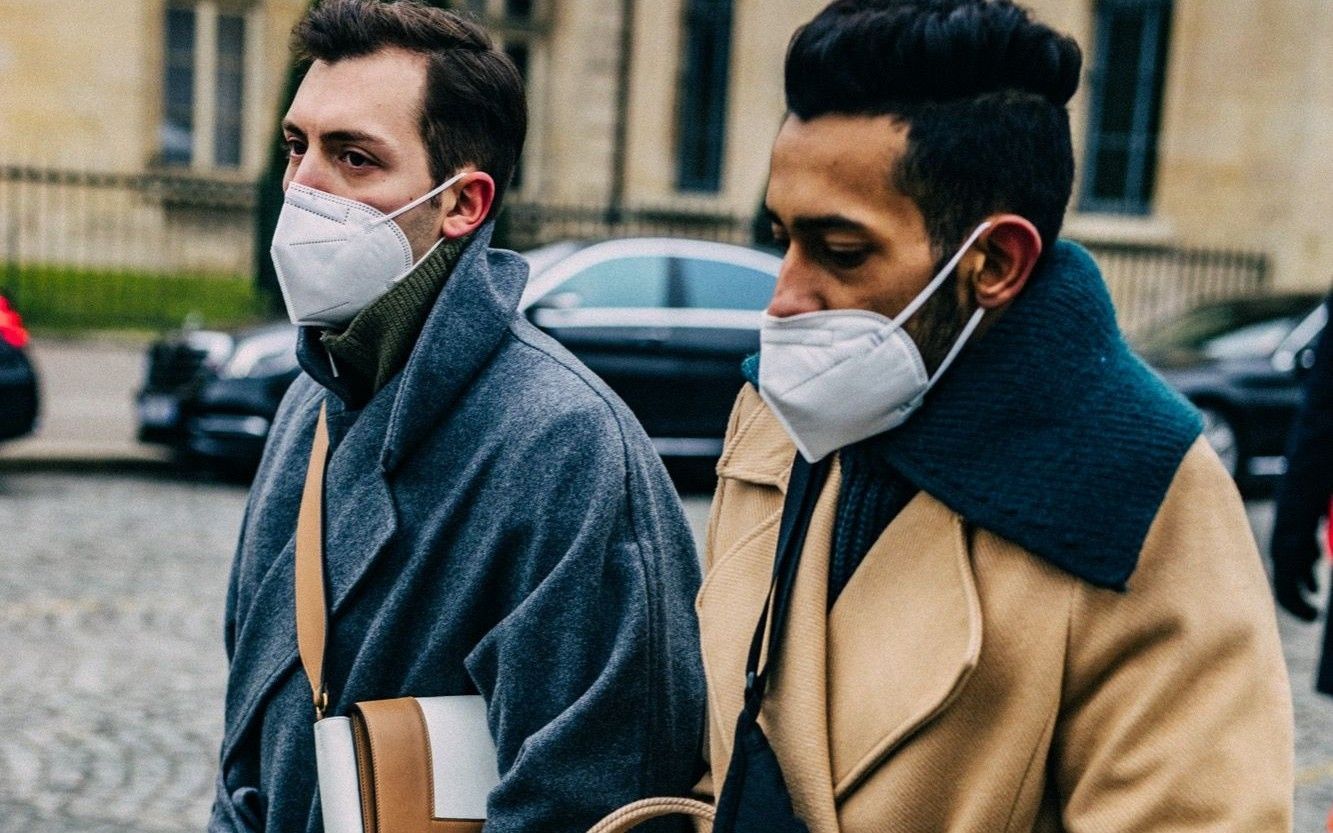
After the pandemic are we really all smoking more? In short: yes – but the matter is slightly more complicated than that
Recently, The New York Times published an article named That Cloud of Smoke Is Not a Mirage, composed of a series of short interviews with students and residents of the Big Apple, who told in first person how, after the pandemic, they had returned to smoking cigarettes. This is not surprising: if in Italy smoking cigarettes is something very common, in the United States the percentage of smokers in the population had fallen to an all-time low of 14% during 2019. The result of a series of policies and a social consideration that had made smoking a trashy, unhealthy, dangerous and polluting vice – a type of consideration that even in Italy begins to arrive timidly with, for example, the ban on smoking at public transport stops imposed by the Municipality of Milan and the slow but steady rise in tobacco prices. Yet, in Italy as well as in New York, the statistics are clear: the pandemic has rekindled the problem of smoking among the new generations.
From a 2020 study by the Veronesi Foundation, for example, carried out on a statistically significant sample of children between 15 and 19 years old, it emerged that 42.5% are smokers while the Istituto Superiore di Sanità calculated that in 2021 in Italy there were 1.2 million more smokers than in November 2020. Also in the United Kingdom there has been a 27% increase in smokers in the age group between 18 and 34 years as well as in the United States while the hashtag #cigarette on TikTok touches the threshold of 819 million views to date. Referring to a study published in the Lancet, however, the magazine Health Desk wrote: «The percentage of smokers in the general population may also have decreased compared to previous years but, given the population growth, the absolute number of smokers has increased».
The study by the Veronesi Foundation, as well as the recent article in The New York Times, emphasize the social nature of smoking: in both publications, the vice is described as a group activity, linked as much to the stress and anxiety of the lockdown as to the need for hedonism and post-Covid sociality. As an interviewee from the Times article points out, smoking «feels like rejection of wellness culture» which has recently also incorporated the consumption of marijuana, sanitizing it and cleaning it of its countercultural connotations that, instead, the cigarette continues to maintain. In the more than three million posts that are under the hashtag #cigarette on Instagram, in fact, selfies of users who smoke abound, candid archive images of celebrities of the 90s and the early 2000s intent on smoking a cigarette but also numerous shoots in which the cigarette becomes prop now sensual now rebellious. One of the most silent and hidden chapters from the fashion world, in fact, remains the era of fashion cigarettes that saw illustrious fashion brands such as Yves Saint Laurent, Trussardi and Cartier, produce branded cigarettes. And, in fact, if cigarettes today are almost a taboo in fashion shoots, there was a time when their presence was quite frequent.
A possible watershed in fashion culture about the perception of cigarettes could be the Louis Vuitton FW11 show, symbolic because it is located almost at the turn of the decade, in which Kate Moss walked on the catwalk smoking a cigarette, a gesture that attracted equal adoration and criticism and that, for example,, that The Guardian defined «borderline transgressive». The cigarette smoked by Moss at the show was actually a reference to the film The Night Porter, which recalled the provocative and sadomasochistic mood of the collection, but also one of those self-branding gestures through which the supermodel built her public image in those years. A moment that also shows how the perception of cigarettes had also changed since the times when, for example, Coco Chanel or Yves Saint Laurent were portrayed intent on smoking – something unthinkable for a designer today, but also for the conception of luxury that we have today, inextricably linked to the idea of wellness, self-care, social responsibility. The place where today the image of cigarettes survive is that of candid pictures, of parties: cigarettes are covered with the photographic archive of Hedi Slimane who, among other things, in his nightclubbing perfume by Celine has included «nicotine accents» and always cigarettes are quite full of the many reportages and streetstyles of fashion weeks, as well as the personal shots of influencers, models and various figures of the fashion world that appear in their Instagram stories even if almost never in the posts.
In essence, it can be said that social consciousness has not yet managed to reconcile what it knows about cigarettes and how it feels about cigarettes. The data are quite clear: an average of eight million deaths a year, which means that one in seven deaths is due to smoking, basically the same number of deaths caused by the Thirty Years' War every twelve months – and this without counting the other repercussions on health and the environment. On the other hand, however, it is undeniable that smokers exist and that above all they increase, and also that according to the calculations of Statista the tobacco industry has a total global value of 812 billion dollars and, according to Reportlinker, it will exceed 900 billion within the next four years. And perhaps it is precisely for this reason that the cigarette has preserved its countercultural aura over the years – that is, becoming the main battleground between the values and philosophy of political progressivism and those of the capitalist market.











































